This story begins with a borrowing. Not too long ago, I came across an NPR poll that asked people to vote for what they think is the best Pixar movie. I loved this idea so much that I had difficulty waiting for the official results. And because impatience is the mother of invention, I began reaching out to my friends and family, asking, in a similar fashion to the NPR poll, what they believe are the best Pixar features, allowing them a choice of up to three.
I went into my survey expecting the top choices to be obvious. Which is to say, I expected everyone to agree with me. For me, “Inside Out” is the pinnacle of Pixar by a large margin. I would also cast my vote for “The Incredibles” for its rewatchability—it’s the Pixar movie I’ve returned to the most over the years. And I have to include “Toy Story 3” because if a movie can emotionally destroy you, you gotta give it its laurels.
One of the most fun parts about polling people is watching a consensus emerge and seeing how much it diverges from my opinions. I also love observing how people approach the question I’d posed. Some know their top choices right off the bat. Some change their answers midway. Many waffle. (“It’s ‘Toy Story’—no, it’s ‘Finding Nemo’—no, wait, it’s actually ‘Ratatouille,’” was how things went with Michael. He also put “A Bug’s Life,” which he jokingly described as “a film for the real ones,” in and out of his ranking multiple times.) Many “cheated” by appending a fourth and a fifth movie. For those among you who snuck in more than three movies, know that your alts are spiritually noted, though not officially tallied.
Starting from 1995’s “Toy Story,” there have been 28 Pixar features, with “Inside Out 2” being the most recent. (“Elio,” the studio’s 29th feature, is set to release in a few weeks.) So, which movies are the best, according to popular opinion? After polling over 60 people around me, these are the top 5 (okay, 6) Pixar features.
5. “Finding Nemo” / “Inside Out”
It was a close battle, this one. While it ended with “Finding Nemo” tying with “Inside Out,” for a while, “The Incredibles” and “Wall-E” were also in the mix, jostling for fifth place. People who voted for “Finding Nemo” spoke about how impactful the movie was for them as a child. “‘Finding Nemo’ is the first movie I saw in theaters,” my friend May, who still remembers the experience, said.
For my friend Bradi, the storyline of a father going to great lengths to find his lost son makes for a great comfort food movie. The characters are also just very funny. “The different personalities in the movie feel like real people I’ve seen in the world, just in fish form,” she said.
If “Finding Nemo” is a fond part of many people’s childhood memories, “Inside Out” is the emotional wallop that leaves you feeling bittersweet. I’m not sure how receptive I would be to the film if I had seen it as a child, but as a 20-something, the film’s central idea that you need to be comfortable living with sadness hit hard. Part of the movie’s appeal, as my best friend Pei-Shan pointed out, is its instructiveness. “A lot of us aren’t good at talking about emotions,” she said. “Inside Out” offered us the tools.
4. “Coco”
A common refrain I heard when people were talking about “Inside Out” is how much the movie made them cry. But if we’re going to talk about crying, we need to talk about “Coco,” the mother of all sad Pixar movies. I saw this with a friend in the theaters, and you could hear audible sobbing throughout. Many of its fans also spoke about how much they enjoyed the cultural specificity of “Coco.” And, frankly, it shines as one of Pixar’s most visually sumptuous movies.
3. “Monsters, Inc.”
You can like “Monsters, Inc.” for its cute monster designs. Or just for how hilarious it is. “I feel like all the jokes just get funnier as I get older,” my friend Marisa said. It also has a wonderfully weird premise (monsters scaring children to resolve their energy crisis) that somehow, despite all odds, works. “Monsters, Inc.” also belongs to that early subgenre of Pixar movies that are as comfortable being silly as they are sweet. As my friend Molly puts it, “It’s a story that has a fun, zany premise, but it surprises you with a lot of heart.”
2. “Ratatouille”
Who knew that a movie about a rat aspiring to be a chef would be a source of inspiration for so many? I think “Ratatouille” is beloved because people can take away different messages from it. “I love the concept of ‘anyone can cook,’” my coworker Jodhaira said. For one of my friends, “Ratatouille,” ridiculous as it may be, encouraged her to dream big. And for some people, the theme that one can do amazing work if they’re not prejudically perceived is what resonated the most.
I often think of “Ratatouille” as a movie celebrating artists, but the movie is also, as my coworker Justin reminded me, just as much about the craft of criticism. The speech that the film’s antagonist Anton Ego gives at the end about the function of the critic, how “there are times when a critic truly risks something, and that is in the discovery and defense of the new,” struck a chord with Justin in his work as a product reviewer. “I look forward to my opinions being rocked one day by a rat who makes laptops or lawn mowers,” he said.
1. “Toy Story”
And finally, the one that began it all. No other movie comes even close to being No.1, which is perhaps unsurprising. 30 years in, “Toy Story” is still the movie that comes to mind when you’re asked to name a Pixar movie. And while most of my poll respondents, like me, have gaps in their Pixar viewing, almost everyone I know has seen “Toy Story.”
When asked why they consider “Toy Story” the best, people describe the movie as groundbreaking, especially for its time. Nostalgia for “Toy Story” also plays an important role. “When I watch it, it really feels like being a kid,” said Marisa, who went through a respective Woodie, Buzz, and Jessie phase as a child. And more than one person told me the movie made it hard for them to throw away their childhood toys. It’s a powerful idea, the concept that your toys might be alive, and maybe that’s why “Toy Story” has endured. Because who among us hasn’t had that moment as a kid where our toys felt real to us, perhaps more real than anything in the adult world?
What Are the Trends Among the ‘Best’ Pixar Movies?
Best is a deceptively simple word. It implies the highest quality, but what that means differs with each person. While I asked people for their top picks, I didn’t define the criteria of what constitutes “best.” Instead, I gave people free rein, preferring not to be prescriptive. For some, “best” is indistinguishable from “favorite.” (Though one of my friends took pains to choose what he believed were the movies that made the most cultural impact, rather than the ones that emotionally resonated the most with him.) Creativity was frequently cited as a rationale, but there were plenty who went with the movies that moved them the most or figured the most prominently in their childhoods.
Is there a commonality shared by the ones we’ve crowned the best? I think so. While I focused on the top 5 movies, perhaps the top 10 offer a fuller picture of the Pixar output we favor more than others. The movies that weren’t able to squeeze into the top five, but still garnered plenty of votes are “The Incredibles,” “WALL-E,” “A Bug’s Life,” and “Up.”
The most noticeable trend is that people prefer original movies, rather than sequels. If innovation and fresh ideas are part of the equation of what makes up the “best,” it makes sense that original movies have an edge, which is funny because if you look at the worldwide box office gross of Pixar movies, half are sequels. But quality is a different beast, and the results of my small poll of 60 seem to echo the general public’s preferences. On IMDb, the 10 most highly rated movies overlap with my poll, with all but one movie. On the IMDb list, “Toy Story 3” is among the top, rather than “A Bug’s Life.” Maybe Michael is right. Maybe “A Bug’s Life” is a movie for the real ones.
Another thing that caught my eye was how old the movies skewed. The majority of movies people chose came out before 2010, including “Toy Story” (1995), “A Bug’s Life” (1998), “Monsters, Inc.” (2001), “Finding Nemo” (2003), “The Incredibles” (2004), “Ratatouille” (2007), “WALL-E” (2008), and “Up” (2009). Post-2009, 18 Pixar movies have been released, but only two end up on the top of the list: Inside Out (2015) and Coco (2017).
Is there a reason why all the best Pixar features are concentrated in the first half of its production years, rather than the latter half? Maybe it’s a problem of too many sequels. Like I mentioned earlier, people tend to reward original movies rather than sequels in their evaluations, but sequels have made up a significant part of Pixar’s output in the past 15 years. While sequels comprise only 10 percent of Pixar features from 1995 to 2009, that percentage shoots up to 50 percent between 2010 and 2025. Starting with “Toy Story 3,” you have a rash of movies like “Cars 2,” “Monsters University,” “Finding Dory,” “Cars 3,” “Incredibles 2,” “Toy Story 4,” “Inside Out 2,” and also “Lightyear,” which isn’t a sequel, but is an extension of existing IP.
That’s not to say there haven’t been any good gems in the last few years. People who like “Soul” enjoy its depiction of jazz and New York City. And my coworker who voted for “Turning Red” appreciated that the main character was Asian—a first for Pixar features—and how the movie centers around a girl’s experience getting her period for the first time. “Inside Out 2” also got a lot of love from people who identified with the themes of the movie and the character of Anxiety.
And finally, age demographic is something to consider. With the exception of a friend’s 3-year-old child, all the people I talked to are older than 20. I’m a millennial, so most people I surveyed were millennials, with a sprinkling of Gen X and Gen Z. If childhood nostalgia is a significant part of why people prize certain movies over others, it stands to reason that the movies from the 90s and aughts, which most of my respondents grew up with, are the ones people think are the highest quality. I’m sure that kids right now who are growing up with “Elemental,” for instance, might be just as passionate about defending it if we were to ask them in 20 years.
While this project started from my urge to collect data, I’ve enjoyed just as much learning more about the Pixar movies I’ve missed. As a teenager, I went through a phase where I didn’t watch many animated films because I thought I was too grown-up for monsters and talking fish. As an older adult, I never considered watching the movies I’ve never seen before, like “Monsters, Inc.” and “Finding Nemo,” because I figured it was too late. I had missed my window, and that was that.
Then I started watching “Monsters, Inc.” because of all the earnest praise I’d heard from friends. I texted them immediately, “Monsters, Inc. is soooo good” because the movie was, indeed, everything they had described it as: funny, smart, endearing, and incapable of boring its viewer for even one second. I had this unfounded belief that a kid’s movie meant you can only see it as a kid to appreciate it. I was proven wrong and glad for it. After “Monsters, Inc.,” I went straight into watching “WALL-E” for the first time that same night. Over the course of a week, I also saw “Soul,” and now I’m starting on “A Bug’s Life.” “Finding Nemo,” I’m coming for you next.




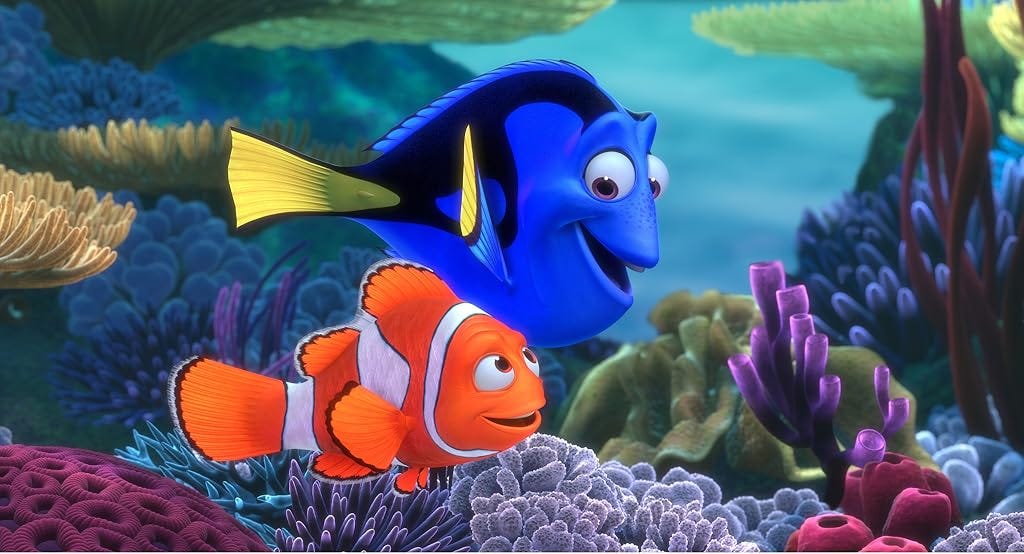

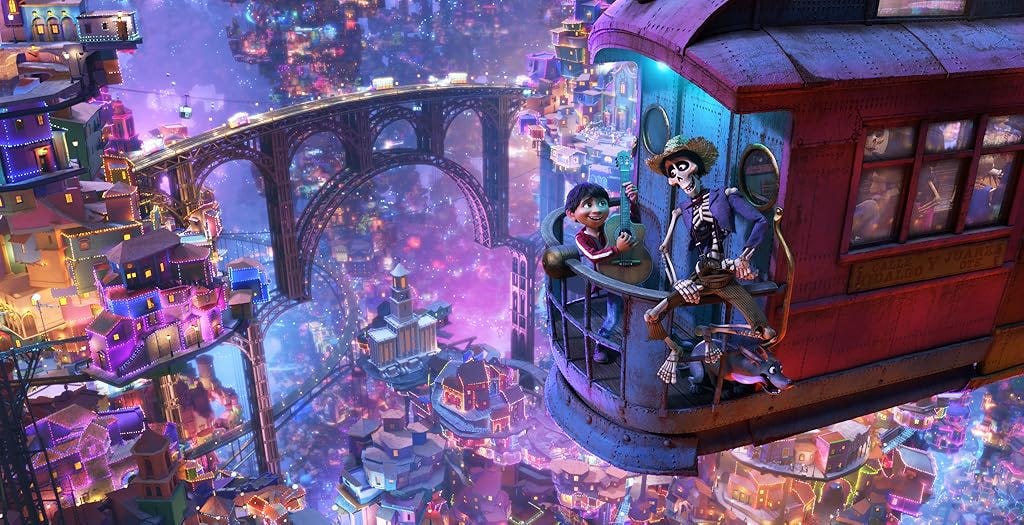
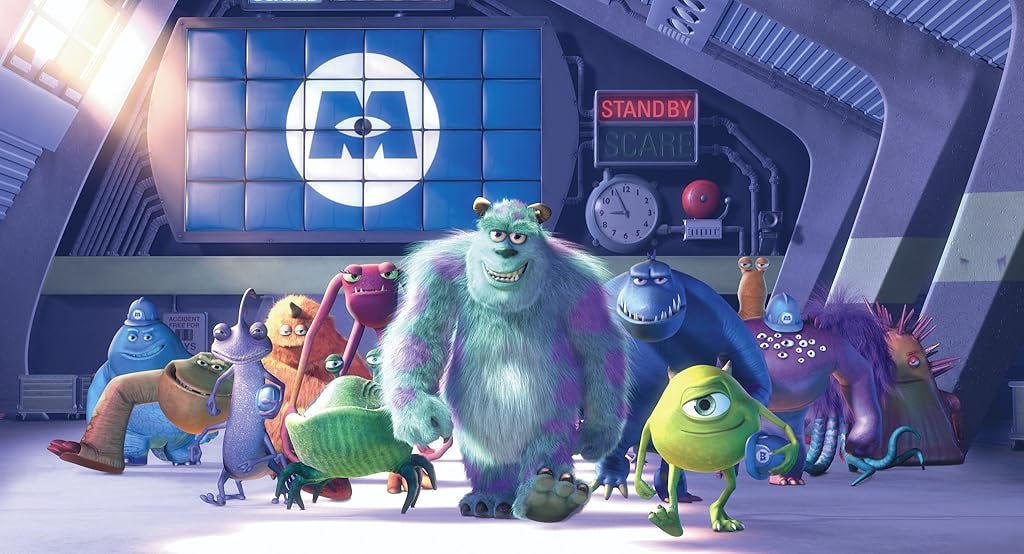
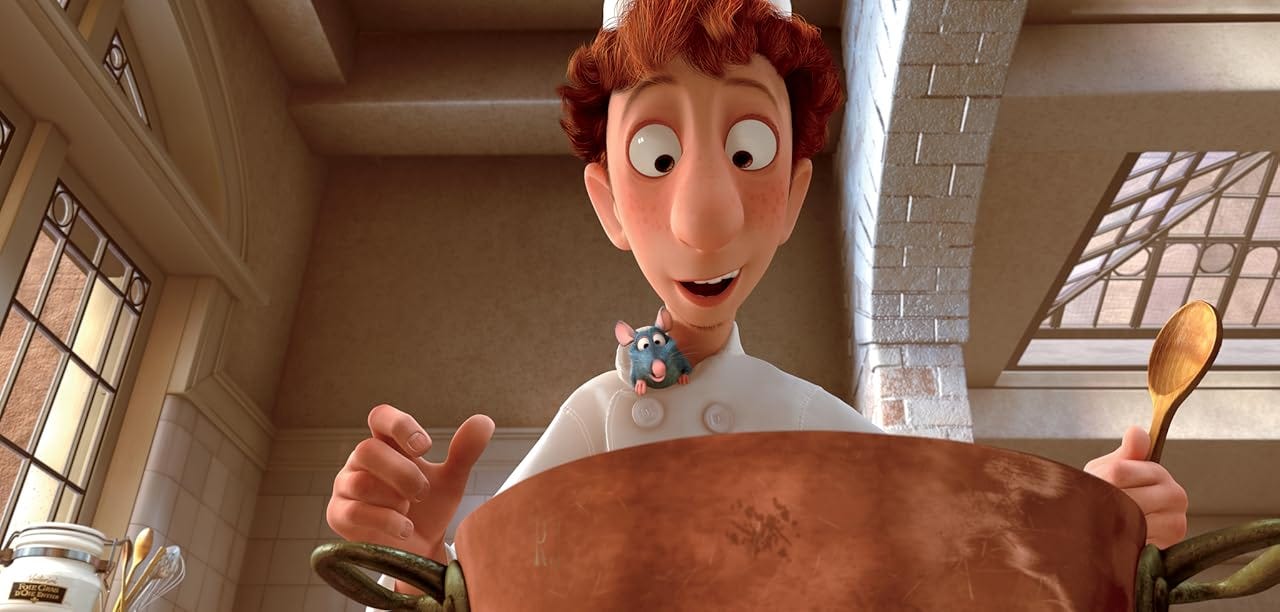
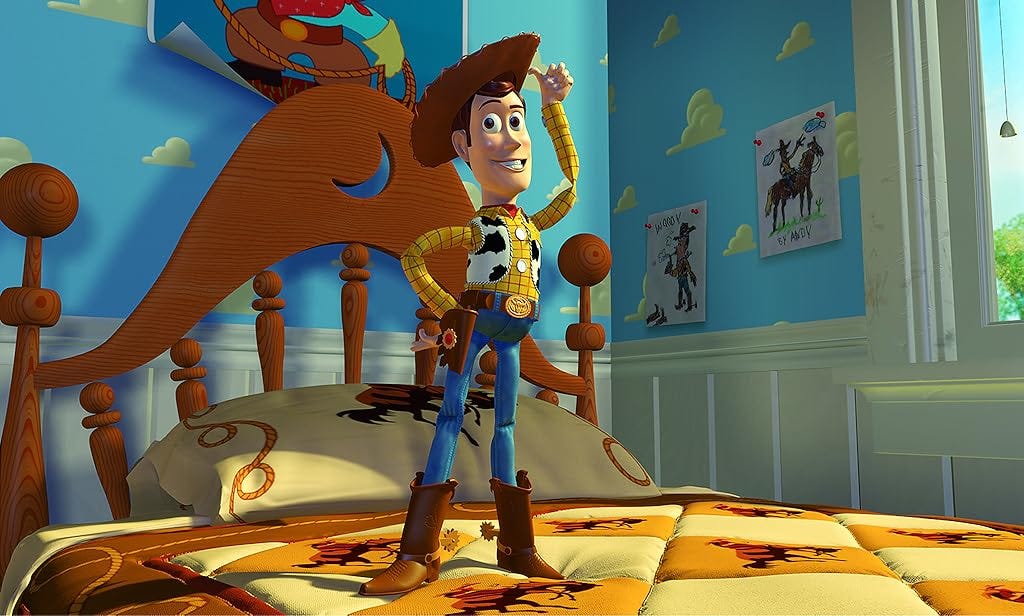

A Bug's Life *is* a movie for the real ones!
A Bug's Life is the best movie about actors.